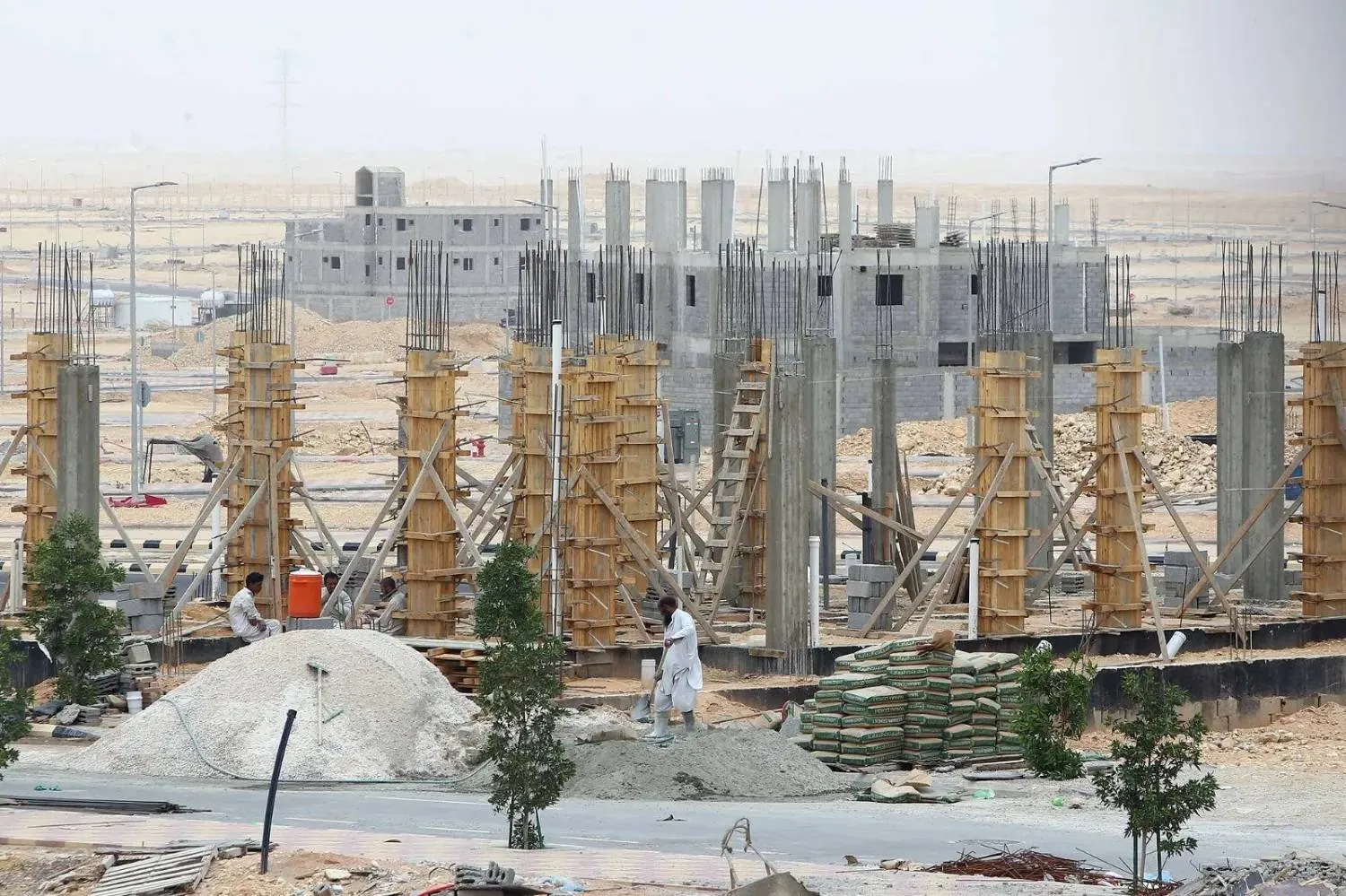The Regional Director of the United Nations Development Program, Dr. Abdullah Al-Dardari, said that the potential possessed by the Arab region qualifies it to lead the transition towards clean and renewable energy, praising Saudi Arabia’s circular economy approach and its efforts to reduce pollution and preserve the environment.
In an interview with Asharq Al-Awsat on the sidelines of the Middle East and North Africa Climate Week (MENACW) 2023 in Riyadh, Al-Dardari noted that the field of renewable energy constituted a great opportunity to diversify sources of income, noting that the Arab region faces many difficult environmental conditions, including water scarcity, food security threats, and environmental and climate crises.
The UN official emphasized the presence of a historic opportunity for the region to be an international leader in sustainable economy, as the cost of producing renewable energy has become relatively cheap and competitive compared to traditional energy sources, while the region also possesses financial resources, minds, and a political desire to drive the transition towards clean energy.
Emphasis must be placed on improving the efficiency of traditional energy use, in addition to enhancing the reliance on renewable energy, Al-Dardari said, noting that this includes reducing pollution and emissions and increasing economic and environmental efficiency.
He also pointed out the importance of investing in knowledge, research, development and production to achieve these goals.
Al-Dardari stressed that the region must adapt to current climate changes, and suggested developing genetically modified agricultural products to enable their cultivation in difficult conditions, such as high temperatures, water shortages, and drought.
He also underlined the necessity of working to reduce the waste of resources, saying that studies have shown that a third of the region’s resources are squandered.
“This constitutes an environmental and economic challenge that must be addressed,” he told Asharq Al-Awsat.
The United Nations Development Program works to protect the environment and promote sustainable development in the Arab countries on an ongoing basis, through initiatives aimed at enhancing food security, providing various environmental solutions, and training cadres on best practices that help in completing environmental projects.









